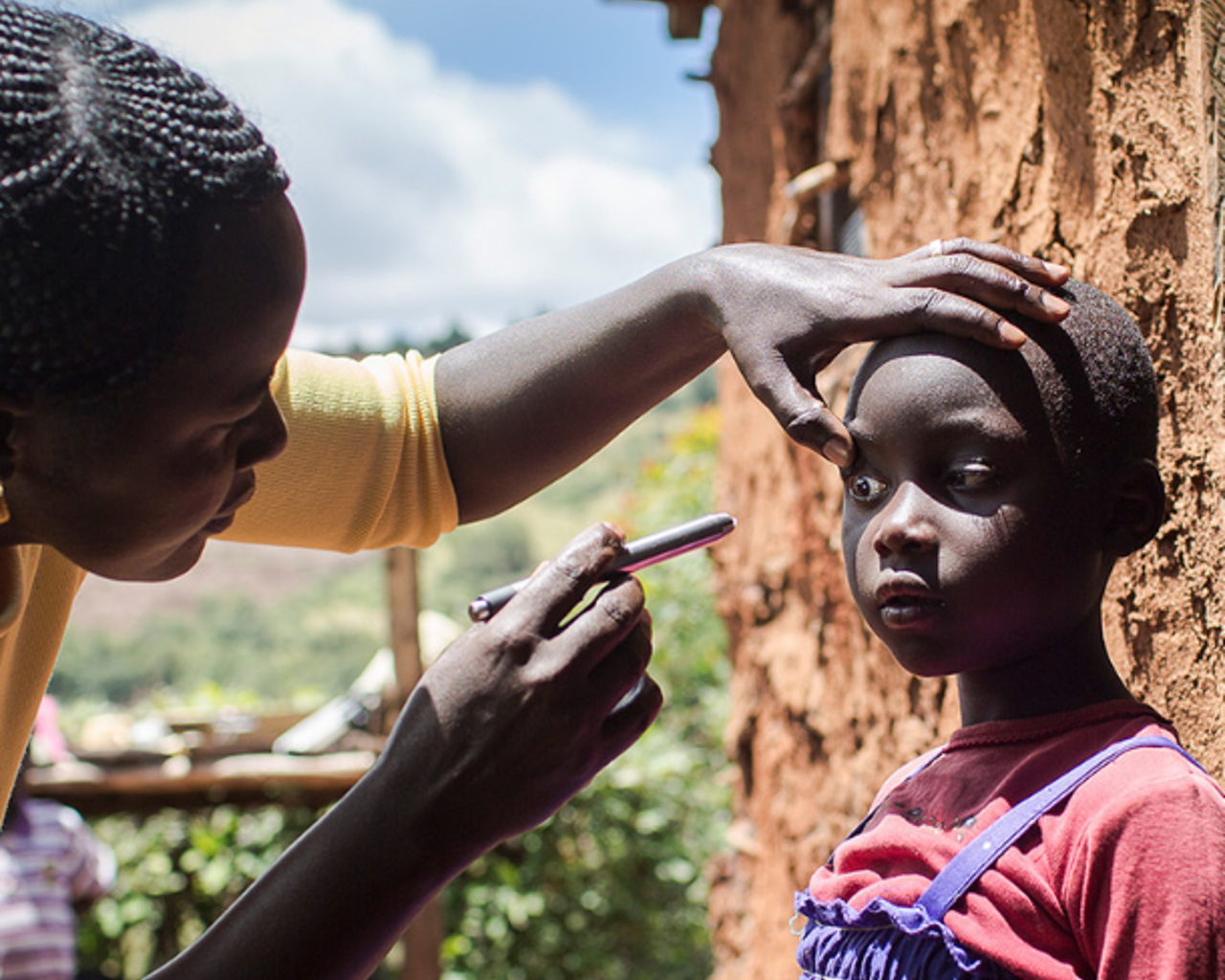
The Social Health Authority has allocated just about Sh950, for eye glasses for every household in a year. Experts have noted this is not enough because most glasses cost at least Sh5,000.
Millions of Kenyans only need eye glasses to see the world, but cannot access them, one of the most comprehensive studies on vision problems in the country suggests.
The Rapid Assessment for Avoidable Blindness Survey indicates 53 per cent of all vision problems in Kenya are caused by Uncorrected Refractive Errors (URE), which occur when the eye cannot clearly focus on images, resulting in blurred vision.
The most common UREs are shortsightedness and longsightedness. They can be easily corrected through glasses.
Findings from the study, supported by the Fred Hollows Foundation (FHF), a non-profit working towards eliminating avoidable blindness, was shared with health CECs in Nairobi.
At least 7.5 million Kenyans have eye problems that can lead to blindess.
Dr Peter Milo, the FHF country manager who presented the results, noted the second cause of blindness in Kenya is cataract, causing 33.2 per cent of all cases.
Cataracts are treated through surgery to remove the clouded lens and replace it with an artificial lens. Most people notice improved vision within a few days and fully recover within four weeks.
“If you give people glasses and address cataract, you will have addressed 80 per cent of all blindness in Kenya,” he said.
“Cataract surgical rate nationally is 900/3000 per one million people but varies in counties,” he added.
The Social Health Authority has allocated just about Sh950, for eye glasses for every household in a year. Experts have noted this is not enough because most glasses cost at least Sh5,000.
The other causes of blindness in Kenya are glaucoma and other posterior segment diseases (6.2 per cent of all cases).
The Fred Hollows Foundation said one dollar Invested in cataract surgeries, has return on investment of $52 in Kenya.
The foundation has since 2017 invested more than Sh220 million on eye equipment in the country.
It has this year supported 10,760 cataract surgeries mostly in remote areas and issued 6,681 glasses.
The RAAB was conducted in 15 counties between December 2022 and December 2023 at a cost of Sh100 million supported by FHF and Christian Blinden Mission (CBM), also a local non-profit.
Health CS Deborah Mlongo said the survey reported a significant reduction in the burden of blindness, decreasing from 0.7 per cent in the 1990s to 0.37 per cent currently—a reduction of about 47 per cent over this period.
“While this progress is commendable, we are seeing a growing demand for quality eye care as more people seek improved eye health outcomes for a better quality of life. Some of this increased need is linked to advancements in technology and development,” she said in a speech read by Andrew Rukaria, the Administration secretary in the ministry.
She also noted economic analyses conducted in Kenya over the past decade have shown that eye health interventions yield a return on investment of four to six times.
Chief ophthalmologist in the Ministry of Health Dr Michael Gichangi said the last national survey in 2013 indicated 7.5 million Kenyans require eye health services to avoid loss of sight.
“This is changing fast and may be up to 30 per cent today due to increased felt need,” he said.
Dr Gichangi also noted major advances noting that Trachoma, a leading cause of preventable blindness that was only second to cataract initially, has been reduced by 80 per cent.
He further said skilled eye health workers are few, and poorly distributed.
“About 60 per cent of the doctor specialists (ophthalmologists) are localised in the capital city, and surrounding counties,” he noted.
“We have started noticing improvement now, and 70 per cent of the counties have an ophthalmologist in public facilities. However, 14 counties still do not have an ophthalmologist,” he said.
Gichangi noted the situation for schoolgoing children is deplorable. About 100,000 children cannot see clearly in class, yet this can be corrected with glasses.
However, only about 37,000 of them have access to these glasses, Gichangi said.

 © The Star 2024. All rights reserved
© The Star 2024. All rights reserved